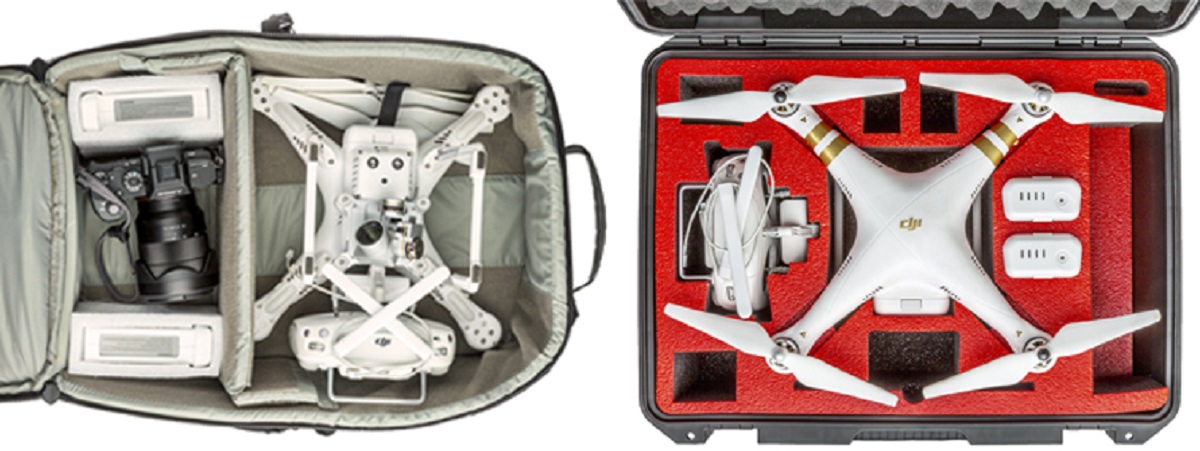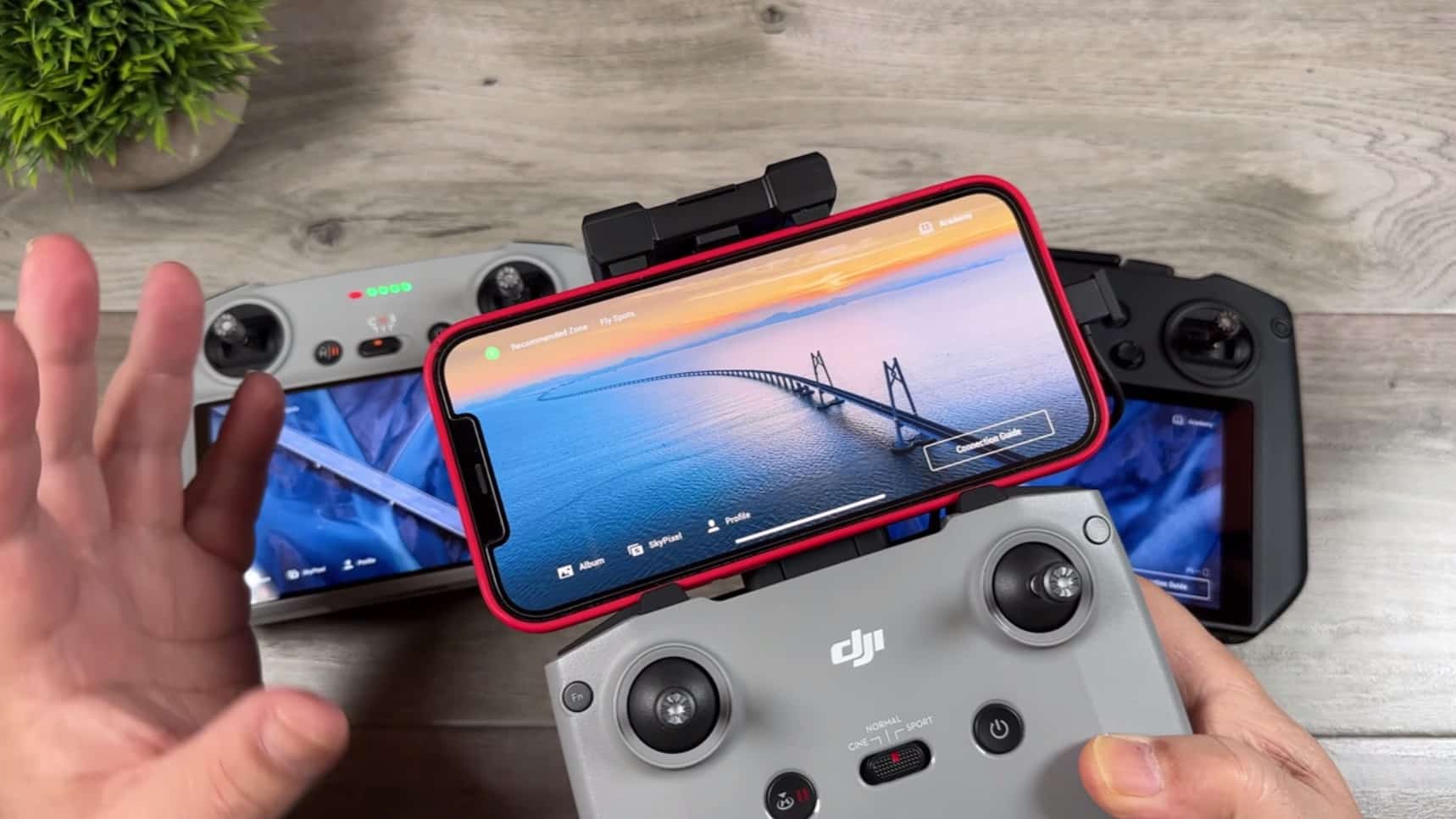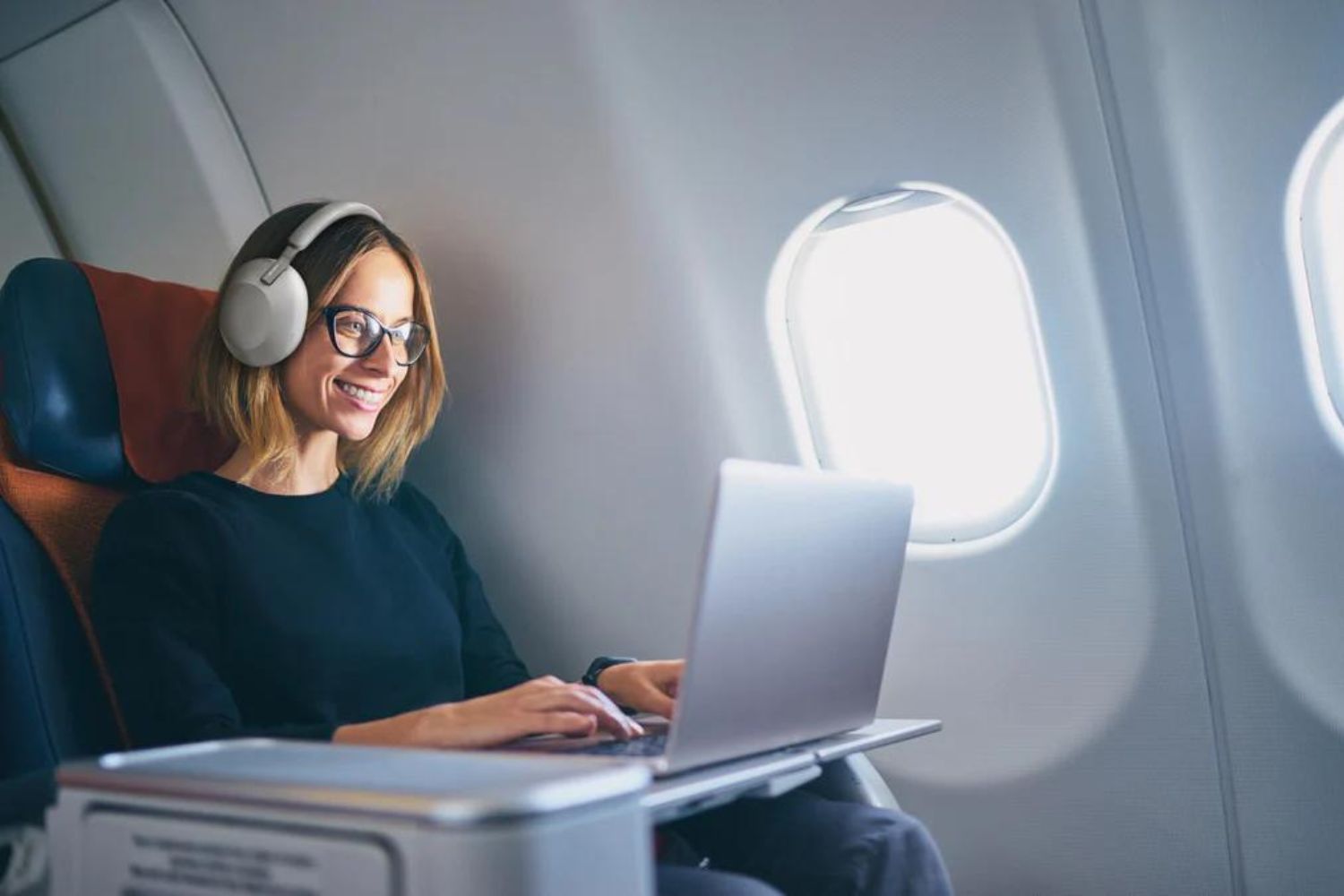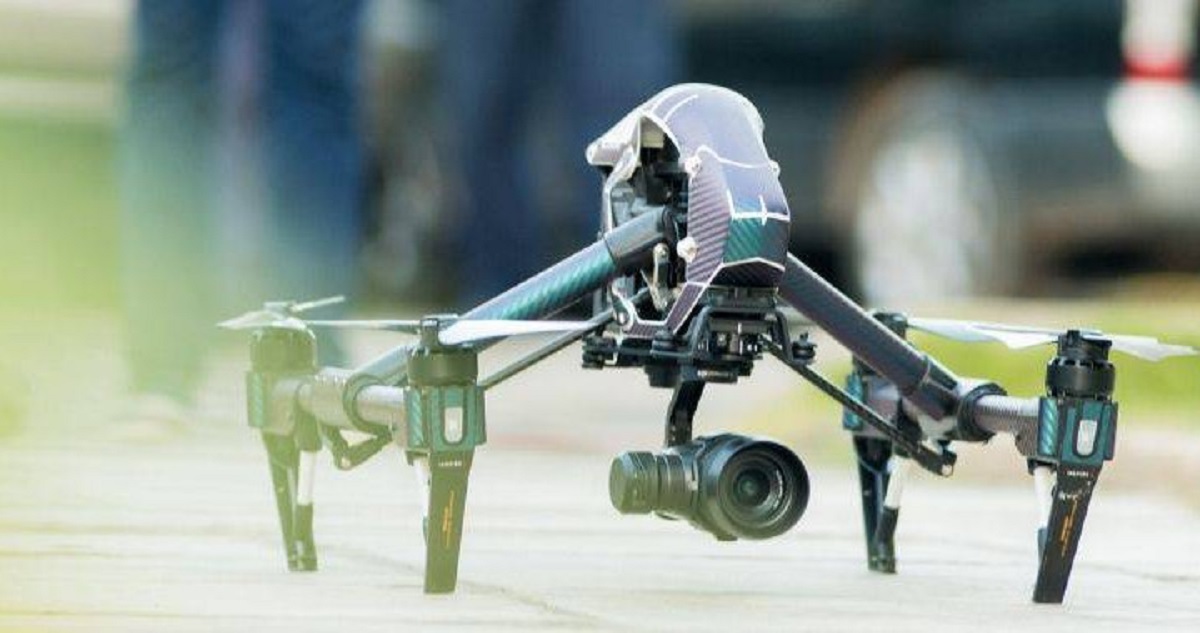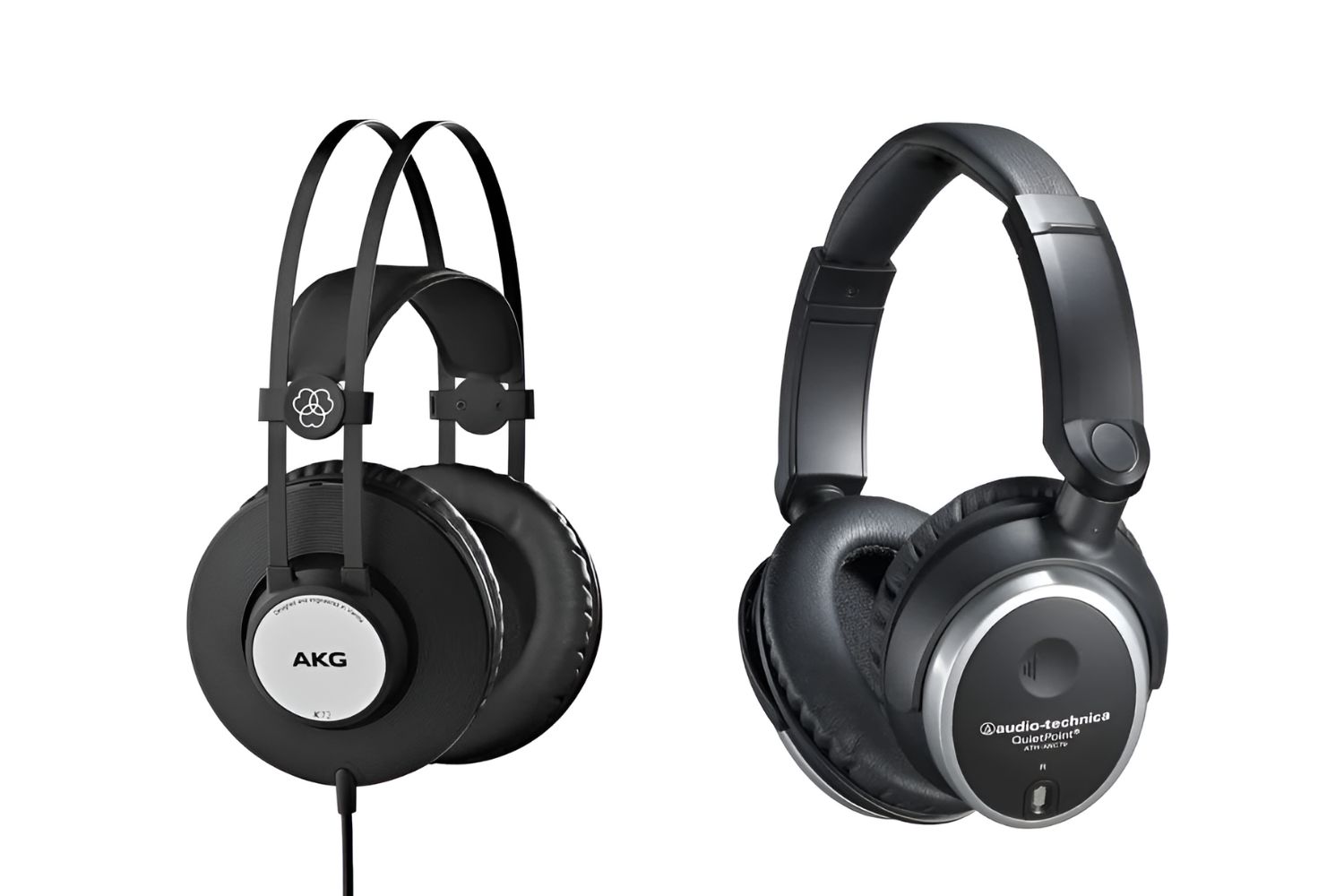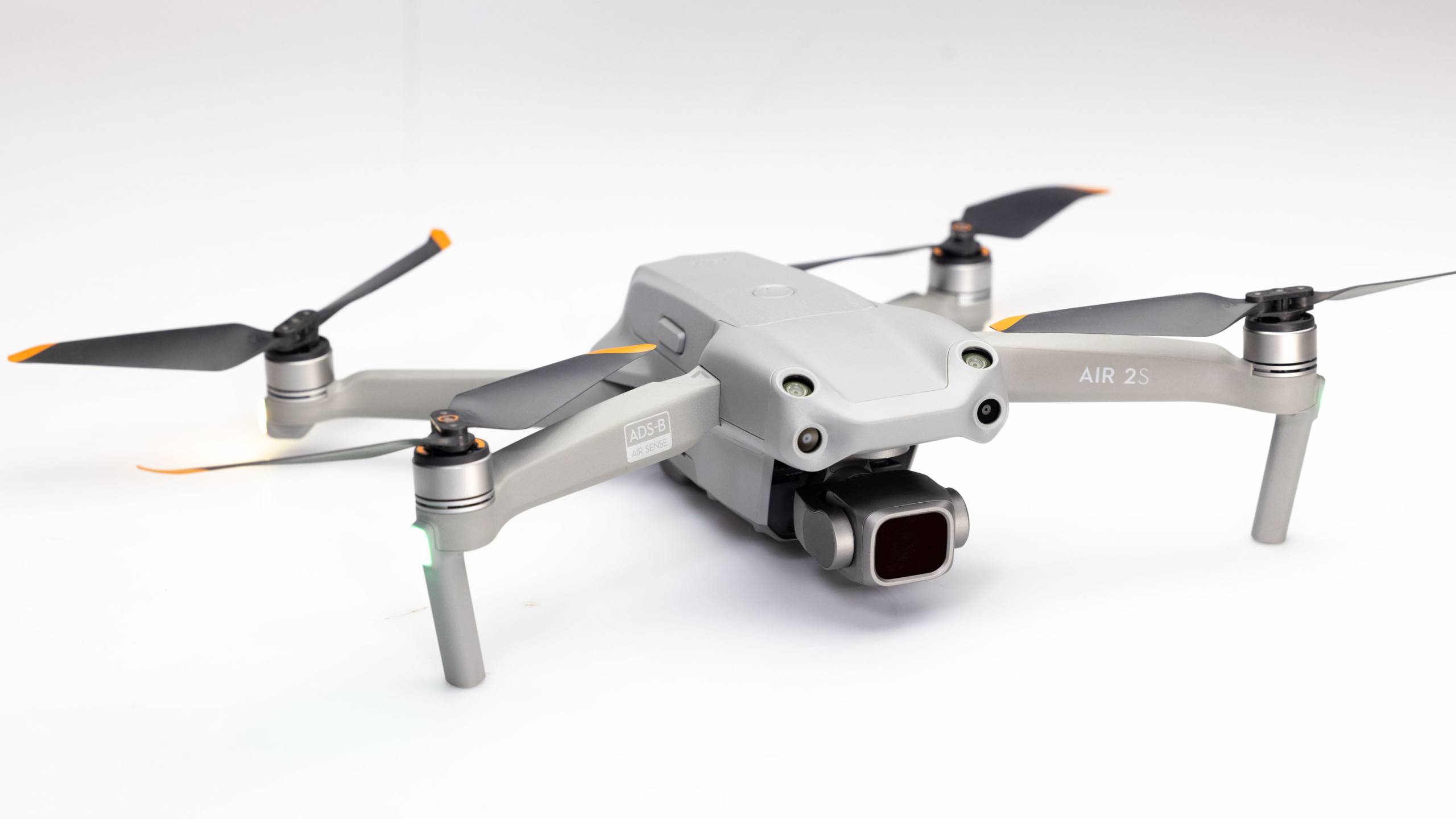Introduction
Welcome to the thrilling world of drones! Whether you are a hobbyist or a professional, taking your drone on an airplane can be an exciting opportunity to capture breathtaking aerial footage in new destinations. However, before embarking on your drone-adventures, it is crucial to understand and abide by the regulations set by airlines and aviation authorities. This article will guide you through the necessary steps to ensure a smooth and hassle-free experience when traveling with your drone.
Drone regulations can vary significantly from country to country, and even between airlines. It is vital to familiarize yourself with these regulations to avoid any potential legal issues or complications during your journey. Not adhering to the rules could result in your drone being confiscated or facing fines, which can quickly dampen your travel plans.
Additionally, understanding the regulations is essential for the safety of both passengers and crew members. Drones can pose a potential risk if not handled properly, and airlines have implemented specific guidelines to mitigate any potential hazards.
In this article, we will walk you through the step-by-step process of taking your drone on an airplane, covering topics such as packing your drone safely, preparing it for the flight, getting through security checkpoints, and more. By following these guidelines, you can rest assured that your drone will arrive safely at your destination, ready to capture stunning aerial imagery.
Understanding the Regulations
Before you even think about packing your drone for a flight, it is crucial to understand the regulations surrounding drone travel. Different countries have different rules when it comes to flying drones, and airlines may have their own specific policies as well. Familiarizing yourself with these regulations will help you avoid any last-minute surprises or issues at the airport.
Start by researching the drone regulations of your destination country. Some countries have strict regulations, including no-fly zones or specific permits required for drone usage. Make sure you comply with these regulations to avoid any legal consequences. You can typically find this information on government websites or by contacting the local aviation authority.
In addition to destination country regulations, you should also be aware of the drone policies set forth by the airline you are flying with. Airlines often have their own specific restrictions and guidelines for traveling with drones. These may include limits on battery sizes, requirements for carrying cases, or even restrictions on the number of drones allowed per passenger.
When it comes to battery restrictions, it’s essential to check the specific limits set by the airline. Lithium-ion batteries, commonly used in drones, are typically subject to certain restrictions due to their potential fire hazard. Some airlines may limit the number of spare batteries you can carry, while others may require you to remove the batteries and carry them separately in your carry-on luggage.
Additionally, it’s important to be aware of any size or weight restrictions for your drone. Some airlines have limitations on the dimensions or weight of carry-on items, so ensure that your drone and its accessories comply with these restrictions. If your drone is too large or heavy to be considered a carry-on item, you may need to check it in as special or fragile baggage.
By understanding and adhering to the regulations set by both the destination country and the airline, you can avoid any unnecessary complications or frustrations when traveling with your drone. Taking the time to research and prepare will ensure a seamless and trouble-free travel experience with your beloved aerial device.
Pack your Drone Properly
When it comes to packing your drone for air travel, taking the time to do it properly can make a world of difference in ensuring that your drone arrives at your destination unharmed. Here are some essential tips to help you pack your drone safely:
- Use a sturdy, protective case: Invest in a high-quality carrying case specifically designed for drones. These cases often have custom foam inserts that provide a snug and secure fit for your drone and its accessories. The case should be sturdy enough to withstand any bumps or jostling during transit.
- Secure your drone and its components: Make sure that all parts of your drone, including the camera, propellers, and landing gear, are securely fastened. Use zip ties or rubber bands to keep any loose cables or components in place.
- Remove the propellers: To avoid any accidental damage, it is advisable to remove the propellers before packing your drone. Place them in a separate compartment in your carrying case to prevent them from getting bent or snapped during transit.
- Protect the gimbal: The gimbal, which stabilizes the camera, is a delicate and sensitive component of your drone. Use a gimbal guard or make sure it is adequately protected within the carrying case to prevent any damage.
- Wrap your drone in a soft cloth: Before placing your drone in the carrying case, wrap it in a soft cloth or bubble wrap for an extra layer of protection. This will help cushion against any impacts or vibrations during travel.
- Pack essential accessories separately: Keep your drone’s essential accessories, such as batteries, remote controllers, and chargers, in a separate compartment or pouch within your carrying case. This will help keep everything organized and easily accessible.
Remember, the aim is to protect your drone from potential damage during transit, so it’s crucial to take the time to pack it carefully. By following these packing tips, you can have peace of mind knowing that your drone is well-protected and secure throughout your journey.
Prepare Your Drone for the Flight
Preparing your drone for the flight is an essential step to ensure a smooth and hassle-free travel experience. Here are some important considerations when getting your drone ready for the journey:
- Charge your batteries: Make sure to fully charge all your drone batteries before the flight. This will ensure that you have enough power to fly and capture footage when you arrive at your destination. Remember to check the airline’s specific regulations regarding battery capacity and quantity.
- Update firmware and software: Check for any available firmware or software updates for your drone and remote controller. Keeping your equipment up to date will optimize its performance and address any known issues or bugs.
- Check for any loose parts: Before leaving for the airport, inspect your drone for any loose or damaged parts. Give special attention to the propellers, landing gear, and camera gimbal. Any loose components should be tightened or repaired before your flight.
- Double-check your accessories: Make sure you have all the necessary accessories for your drone, including spare batteries, memory cards, propellers, and any specialized tools or adapters. Keep these accessories organized and readily accessible in your carry-on luggage.
- Review your drone’s flight settings: Take a few moments to review and adjust your drone’s flight settings to comply with any local regulations or flight restrictions. Set the appropriate flight mode, altitude limits, and distance limitations as required.
- Calibrate your drone: If you are traveling to a new location, it is advisable to calibrate your drone’s compass and IMU (Inertial Measurement Unit). This will ensure accurate flight control and stability in the new environment.
- Label your drone and accessories: Attach contact information labels to your drone and its accessories in case they get lost or misplaced during the journey. Include your name, phone number, and email address to facilitate their return if found.
By following these preparation steps, you can have a confident and stress-free journey with your drone. Taking the time to ensure your drone is in proper working order and equipped with all necessary accessories will help you make the most of your aerial adventures.
Security Checkpoint
Passing through the security checkpoint with your drone requires some additional considerations to ensure a smooth transition. Here are some essential tips to keep in mind when going through security:
- Separate your drone and its accessories: When approaching the security checkpoint, remove your drone and its accessories from your carrying case and place them in separate bins for X-ray screening. This makes it easier for the security personnel to inspect your drone without causing any damage.
- Know the rules for batteries: Lithium-ion batteries, commonly used in drones, are subject to specific regulations. Check the airline’s guidelines to determine whether you need to carry your drone batteries in your carry-on or checked luggage. Always follow the airline’s rules on battery size and quantity.
- Be prepared to power on your drone: In some cases, security personnel may ask you to power on your drone to ensure that it is a functional device. Make sure your batteries are charged enough to demonstrate that your drone is operational.
- Cooperate with security personnel: Stay calm and cooperative during the security screening process. If security personnel need to inspect your drone more closely, be patient and follow their instructions. Remember that their goal is to ensure the safety of all passengers.
- Keep your documentation handy: Have all necessary documentation readily available, including your drone registration, permits, and any paperwork required by the airline or destination country. This will help streamline the process and avoid any delays or confusion at the checkpoint.
- Know your rights: Familiarize yourself with your rights as a drone operator when it comes to security screenings. Understand the laws and regulations in the country you are traveling to, as well as any specific procedures or protocols that must be followed.
Remember that the security checkpoint is in place to ensure the safety of all passengers. By being prepared, understanding the rules, and cooperating with security personnel, you can navigate through the checkpoint smoothly and efficiently with your drone.
The Flight
Once you have successfully passed through the security checkpoint, it’s time to board the plane and take off on your drone adventure. Here are some important things to keep in mind during the flight:
- Store your drone securely: If your drone fits within the dimensions allowed for carry-on luggage, stow it in the overhead compartment or under the seat in front of you. Ensure that it is safely secured and won’t shift or move during the flight.
- Inform the flight crew: It’s a good practice to inform the flight crew that you are carrying a drone with you. They may have specific instructions or guidelines to follow during the flight, and it helps to establish open communication from the start.
- Keep an eye on your drone: If possible, choose a seat where you can keep an eye on your drone throughout the flight. This will give you peace of mind and allow you to monitor its safety.
- Be mindful of battery usage: Depending on the length of your flight, it’s crucial to manage your drone’s battery usage. Avoid unnecessary power-ups and use your flight time wisely to capture the shots you desire.
- Follow airline policies: Adhere to any specific airline policies regarding drone usage during the flight. Some airlines may prohibit the use of drones entirely while on board, so it’s important to respect these regulations.
- Observe local regulations upon arrival: Once you arrive at your destination, familiarize yourself with the local drone regulations and laws. Follow all guidelines and limitations to ensure that you can enjoy flying your drone legally and responsibly.
- Enjoy your flight and capture stunning footage: During the flight, take the opportunity to relax and plan your drone adventures at your destination. Prepare mentally for the exciting possibilities and the stunning aerial footage you will capture.
Remember that flying a drone is a privilege, and it’s essential to act responsibly and respectfully. By following these guidelines and being aware of the regulations throughout your journey, you can enjoy a safe and enjoyable experience with your drone both in the air and on the ground.
Conclusion
Traveling with your drone can open up a world of possibilities for capturing breathtaking aerial footage in new and exciting locations. However, it’s crucial to understand and comply with the regulations set by airlines and aviation authorities to ensure a smooth and hassle-free experience.
Start by familiarizing yourself with the drone regulations of your destination country and the specific guidelines of the airline you are flying with. Understanding battery restrictions, size and weight limitations, and any other regulations will help you avoid legal issues and complications.
Packing your drone properly is essential to keep it safe during the journey. Use a sturdy, protective case, remove the propellers, secure loose parts, and wrap it in a soft cloth for added protection.
Preparing your drone for the flight involves charging the batteries, updating firmware and software, checking for loose parts, and labeling your drone and accessories. Being well-prepared will ensure that your drone is in optimal condition for capturing incredible aerial imagery.
When going through the security checkpoint, separate your drone and its accessories for screening, know the rules for batteries, be prepared to power on your drone if required, and cooperate with security personnel throughout the process.
During the flight, store your drone securely, inform flight crew of its presence, and follow airline policies regarding drone usage. Monitor your battery usage and familiarize yourself with local regulations upon arrival at your destination.
By following these guidelines and being aware of the regulations throughout your journey, you can enjoy a seamless and enjoyable experience when traveling with your drone. So, pack your gear, embark on your adventure, and capture stunning aerial footage like never before!







